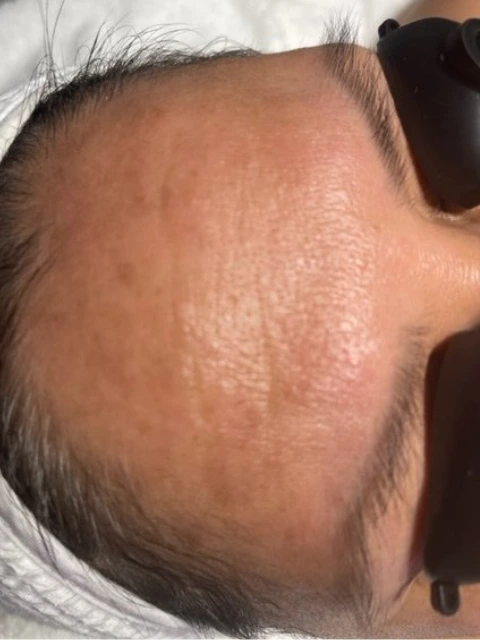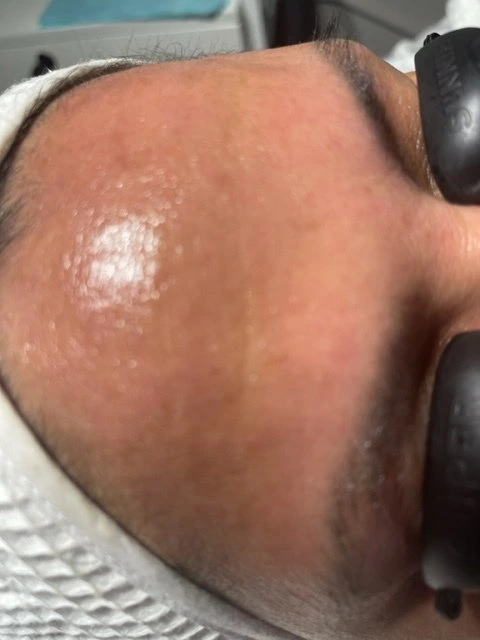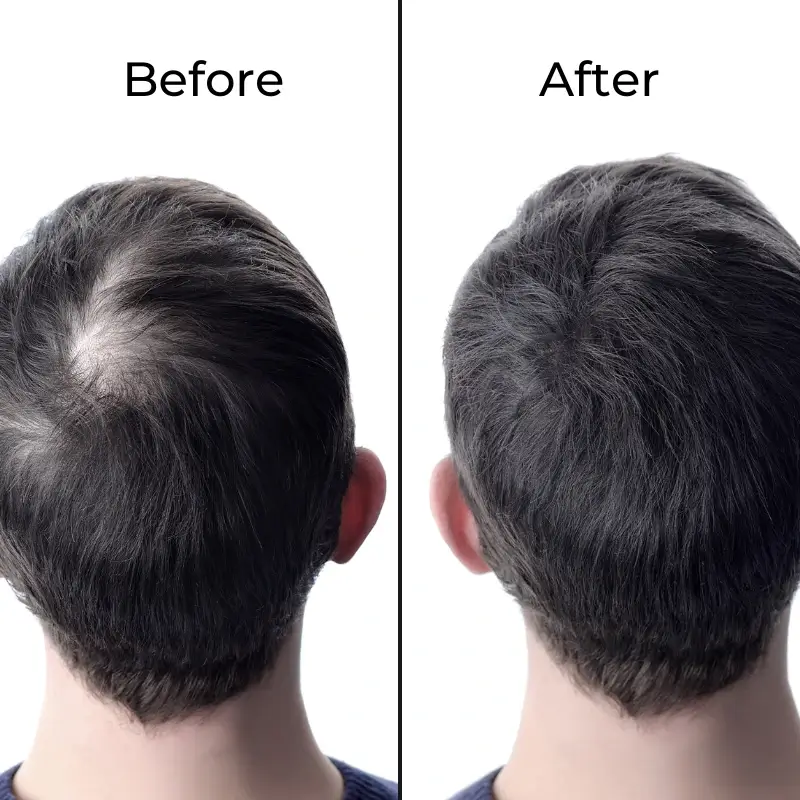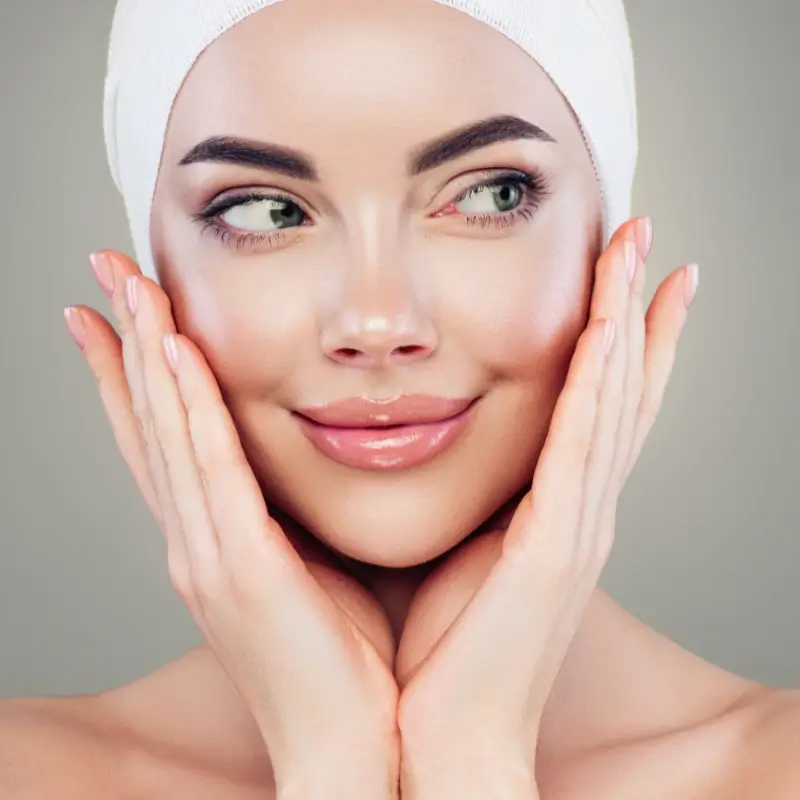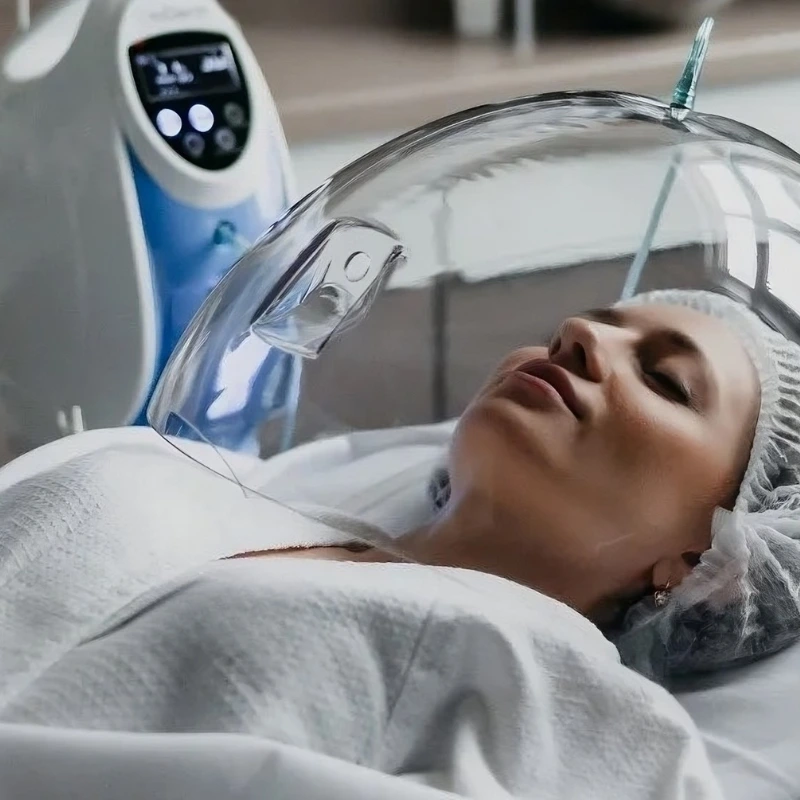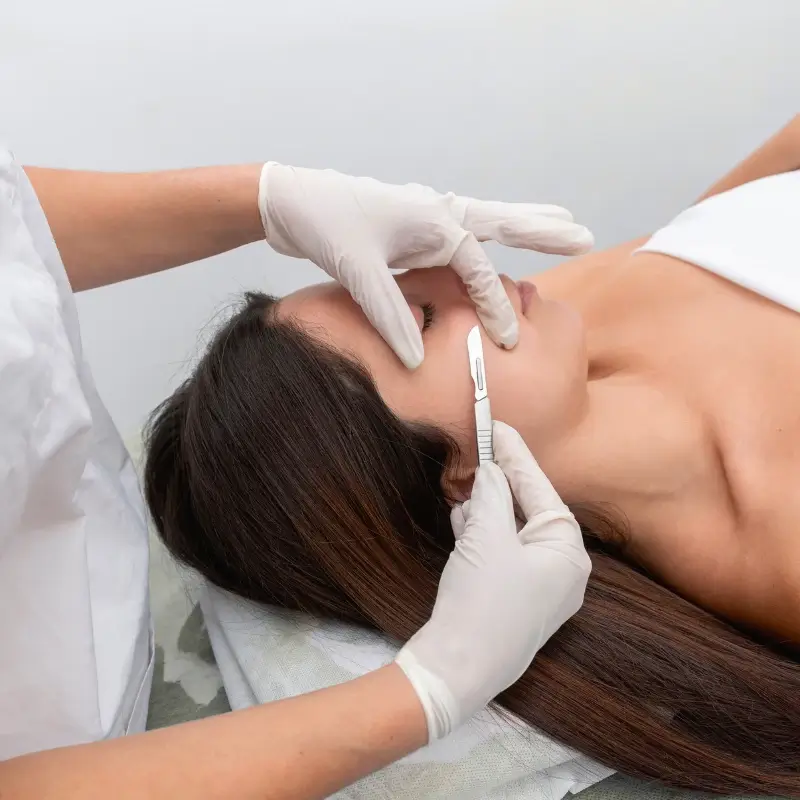Dermaplaning in Glendora
Pair With Your Favorite Treatment
Dermaplaning is the perfect prep step—it removes the barrier of dead skin and peach fuzz so your skin can fully absorb everything that comes next. Combine it with your favorite facial or advanced treatment for even more powerful results.
Schedule your free consultation today to see which services are best for your skin concerns.
Dermaplaning in Glendora, CA
Your Smoothest Skin Yet
See the difference dermaplaning makes—real results, real glow. From dull and textured to soft, smooth, and radiant, our clients love the instant transformation.
- Instantly smooths and brightens skin
- Removes dull, dead skin and peach fuzz
- Safer for most skin types, even sensitive skin
- Enhances skincare product absorption
- Pairs great with other treatments
The result? A brighter, softer, more even-toned complexion with zero downtime.



